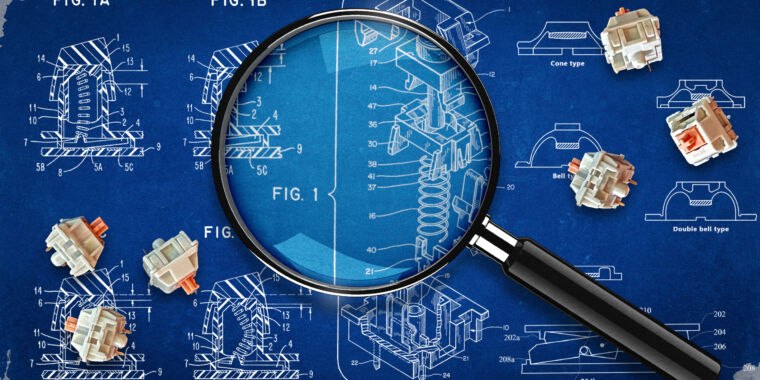The Science Behind Keyboard Feel
Your keyboard serves as the crucial link between you and your computer. The tactile experience of pressing down and releasing each key, along with the overall construction of the keyboard, plays a significant role in determining your typing experience, affecting your accuracy, speed, and fatigue levels.
Exploring Mechanical Keyboards
Many keyboard enthusiasts hail mechanical keyboards as the pinnacle of typing technology. These keyboards are renowned for their tactile feedback, as each keypress provides a distinct sensation. With customization options that extend to the look, feel, and sound of the keys, mechanical keyboards allow users to tailor their typing experience to their preferences.
But what sets mechanical keyboards apart and makes typing on them such a delightful experience? Let’s delve into the mechanics behind it.
The Intricacies of Mechanical Switches
Unlike membrane keyboards, mechanical keyboards feature switches beneath each key with more components, moving parts, and travel distance. When you press a key on a mechanical keyboard, it triggers a complex process that results in a satisfying typing experience.
Each mechanical key switch includes a plastic stem and a spring that provides resistance. As you press down on a key, the stem moves downward, causing the switch’s metal leaves to make physical contact, which closes a circuit and sends a signal to the keyboard’s PCB. Depending on the design of the switch’s stem, the keypress may feel smooth (linear switches), offer a noticeable bump (tactile switches), or feature a bump accompanied by a distinct clicking sound (clicky switches).
Optical and Hall Effect Innovations
While traditional mechanical switches operate based on physical contact points, modern examples like optical switches (which use light beam actuation) and Hall effect switches have introduced new mechanisms. Varmilo, for instance, utilizes electrostatic capacitive switches that alter the electric field’s capacitance during keystrokes, resulting in precise input.
Personalization and Comfort
In addition to varying switch types, mechanical keyboards offer customization options such as keycap shapes, sizes, and materials; different cases, gaskets, and plate mounting styles; and the application of foam, lubricants, and stabilizers. This level of personalization is absent in conventional membrane keyboards.
Besides enhancing typing speed and accuracy, mechanical keyboards can also alleviate physical discomfort associated with prolonged typing sessions. The distinct feedback and travel of mechanical keys contribute to a more ergonomic typing experience, potentially reducing strain and fatigue.
Image/Photo credit: source url





